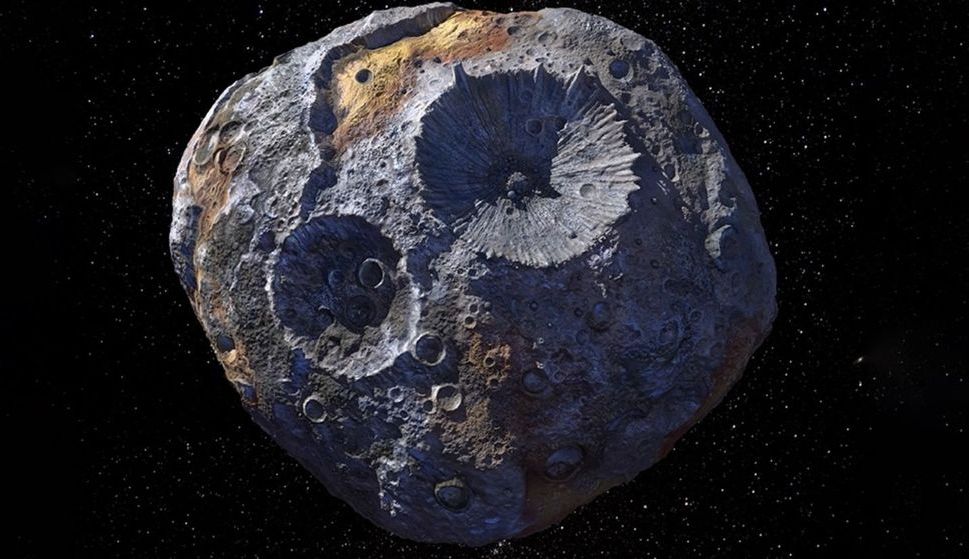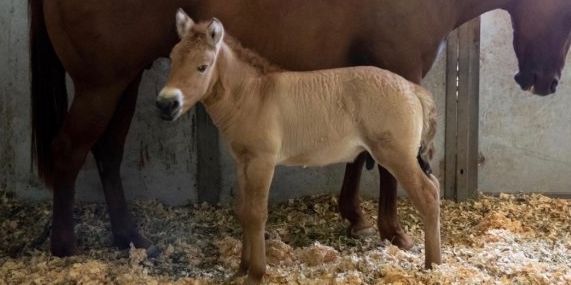Nov 1, 2020
Webinar on “Lower Earth Orbit High Throughput Satellites Mega-Constellations”
Posted by Muhammad Furqan in categories: futurism, satellites
IEEE RAS CUI Wah SB presents a webinar titled “Lower Earth Orbit High Throughput Satellites Mega-Constellations” and the speaker of this Webinar is “Engr. Muhammad Furqan” Researcher, Queensland University of Technology, Brisbane Australia, Former Satellite Communication Specialist, Ministry of Defense, Qatar and Former Senior Executive VSAT/DVB Wateen Telecom Pakistan.
For future events stay tuned with us by visiting our social media platforms.
Continue reading “Webinar on ‘Lower Earth Orbit High Throughput Satellites Mega-Constellations’” »

















